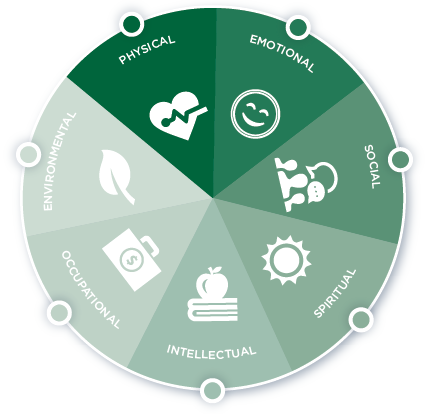One thing a lot of us have been doing during physical distancing is reading. If you are wondering what book you should get next, here is a list of suggestions:

1. Becoming by Michelle Obama
In her memoir, Michelle Obama invites readers inside her world, narrating experiences that have shaped her, from her childhood in Chicago through her career and motherhood to becoming the First Lady of the United States.
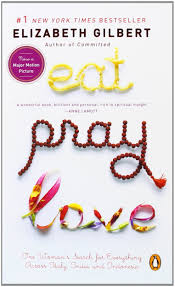
2. Eat, Pray, Love by Elizabeth Gilbert
The author shares her discoveries after a divorce that has devastated her. Gilbert embarks on a trip, traveling the world, getting to know herself, finding her spirituality, and looking for a balance in life.
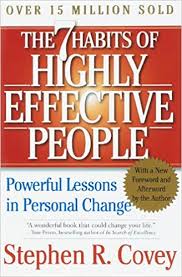
3. The 7 Habits of Highly Effective People by Stephen R. Covey
This book was published in 1989, but it is still today one of the most referenced books in its genre. The book is about habits, the good and the bad ones, and how people can recognize them, examine them, and make the changes that will make them a better person and a better professional.
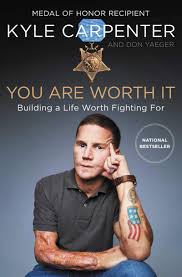
4. You are worth it by Don Yaeger and Kyle Carpenter
This book is a memoir about the war in Afghanistan and Carpenter’s experience in the battlefield. In 2010, a grenade skittered toward Carpenter and fellow Marine Nick Eufrazio. Without hesitation, he jumped on the grenade, saving Eufrazio, but sacrificing himself. The book is about finding purpose no matter what obstacles you face.

5. All of the Harry Potter and The Lord of the Rings books
The fantasy Harry Potter series is about young wizard and his friends at a witchcraft school. The books were written by the English writer J.K. Rowling, and they have been translated in 80 languages and have sold more than 500 million copies worldwide.
The Lord of the Rings novel tells the story of a hobbit named Frodo Baggins. The adventure begins when he receives a magical ring from his uncle. The story is divided into six books which were also written by an English author, J.R.R. Tolkien, and have sold over 150 million copies.
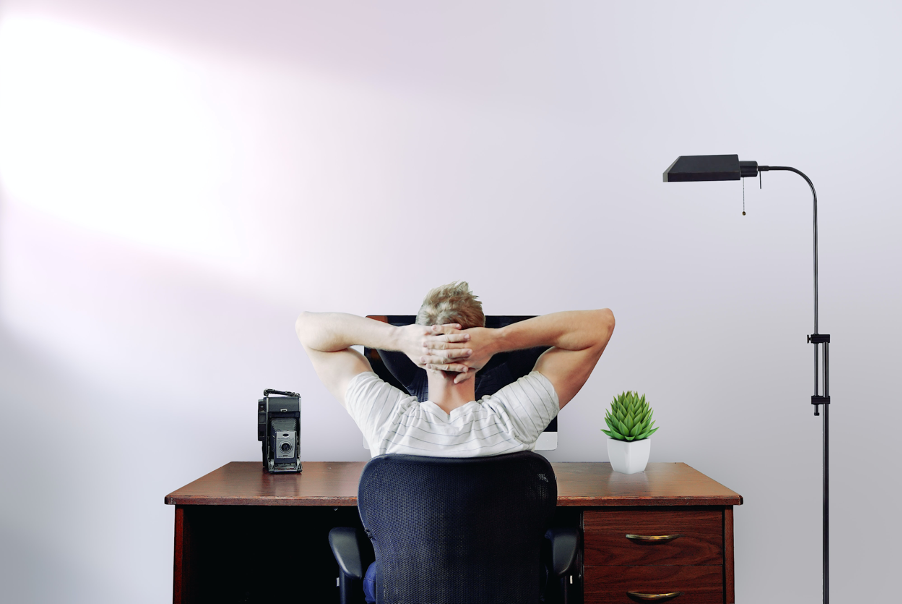
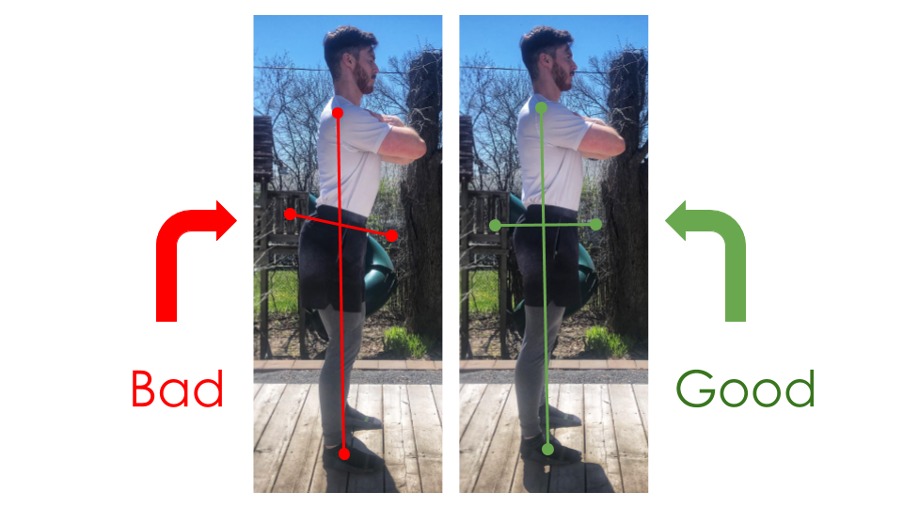


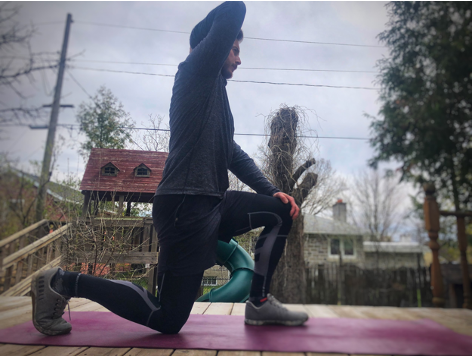
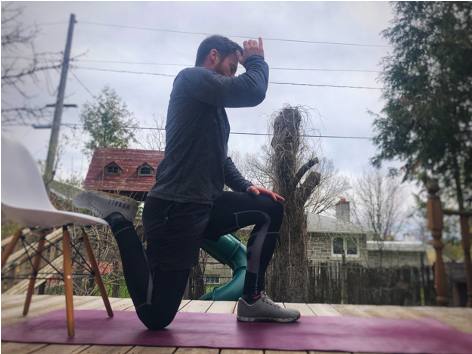
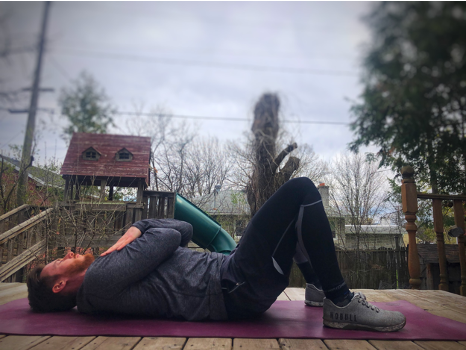
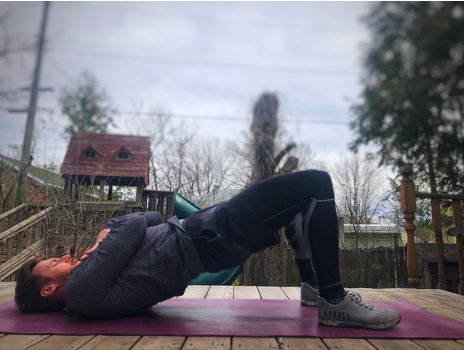
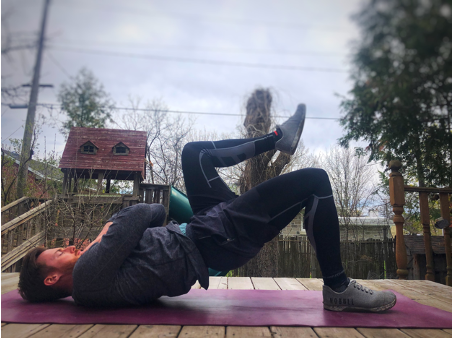
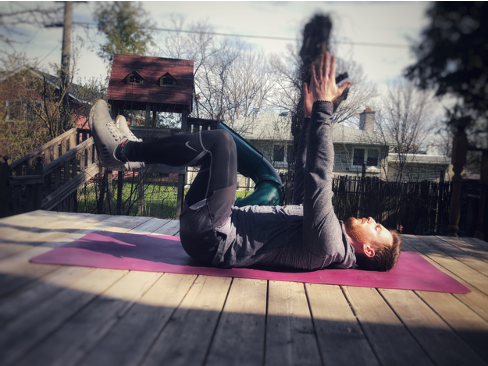
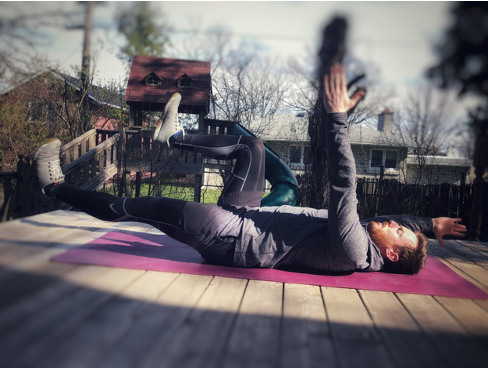
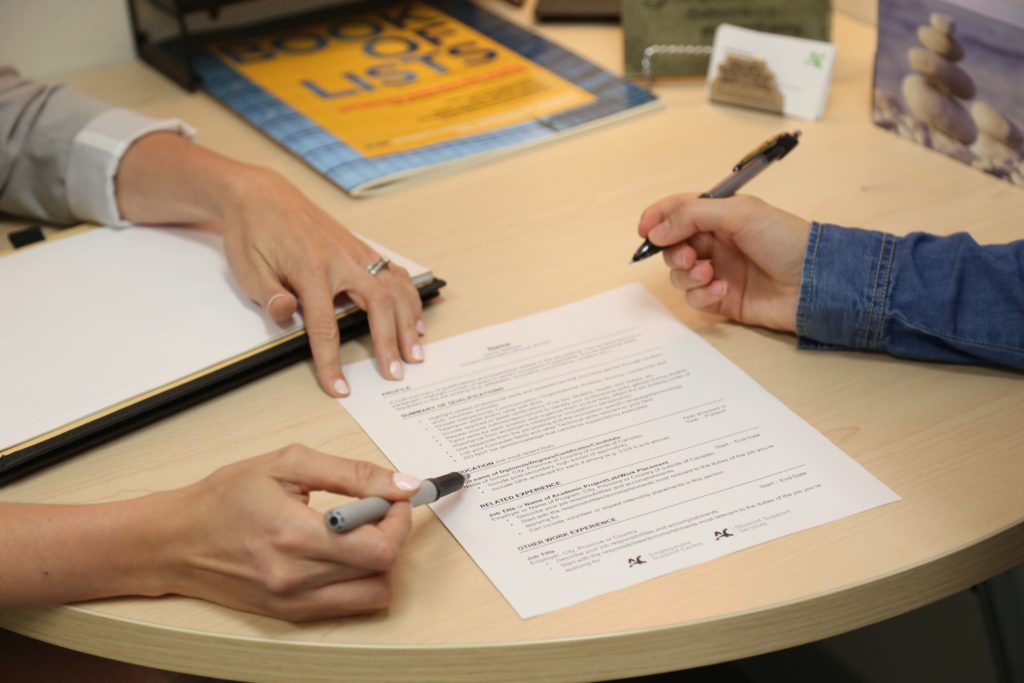









 We often times think that wellness is only about exercising and eating well, but studies have shown that a number of factors effect out wellness.
We often times think that wellness is only about exercising and eating well, but studies have shown that a number of factors effect out wellness.